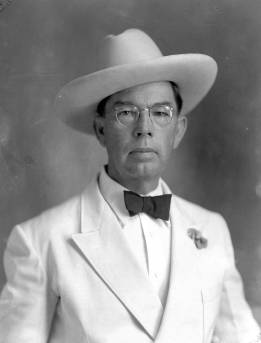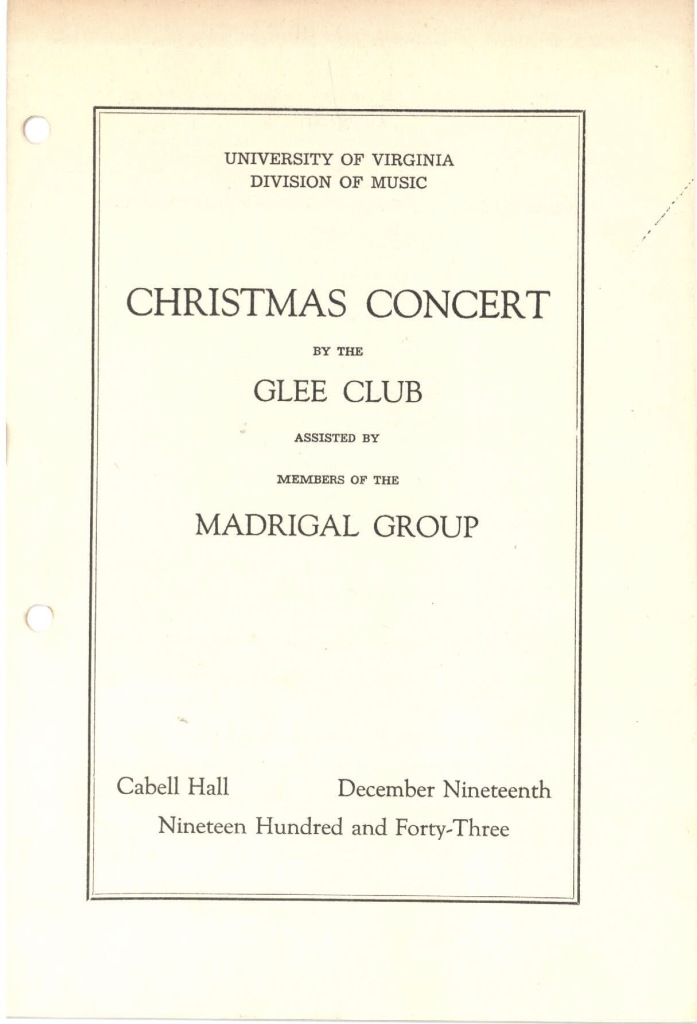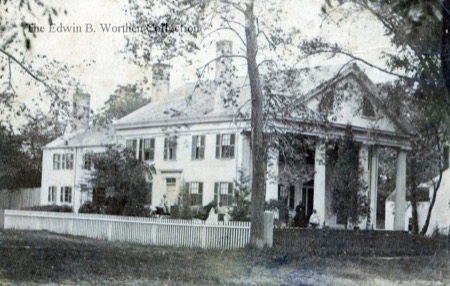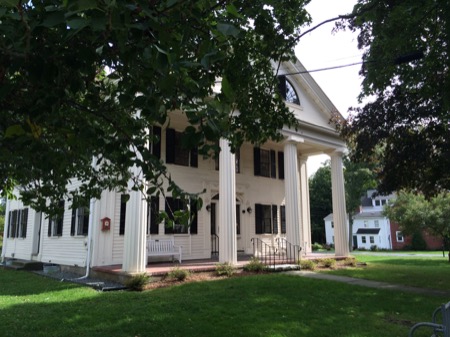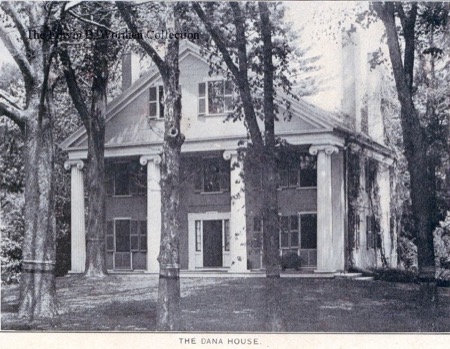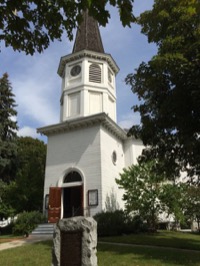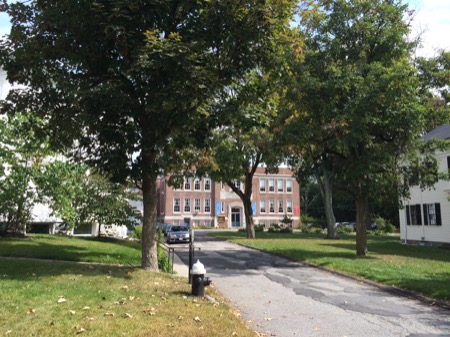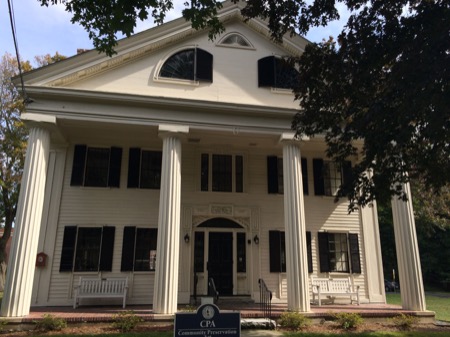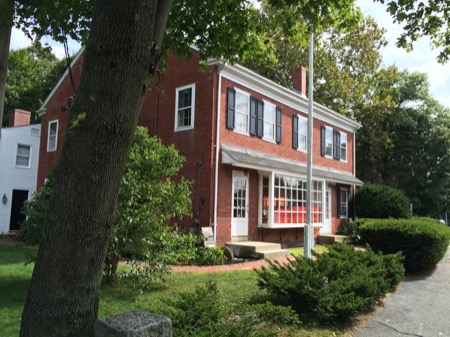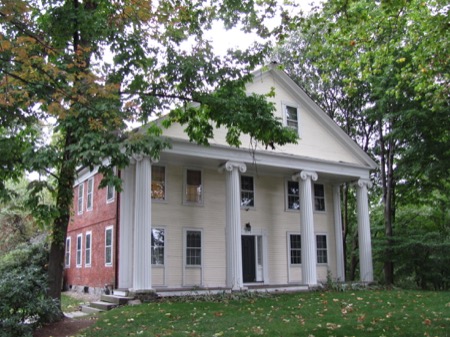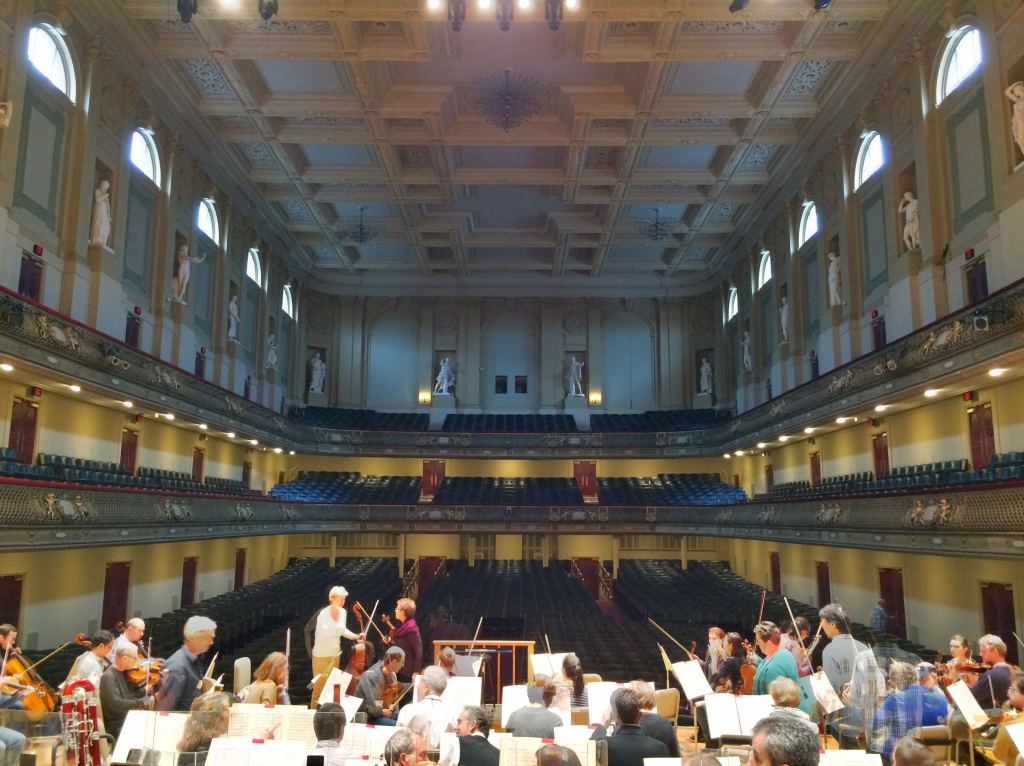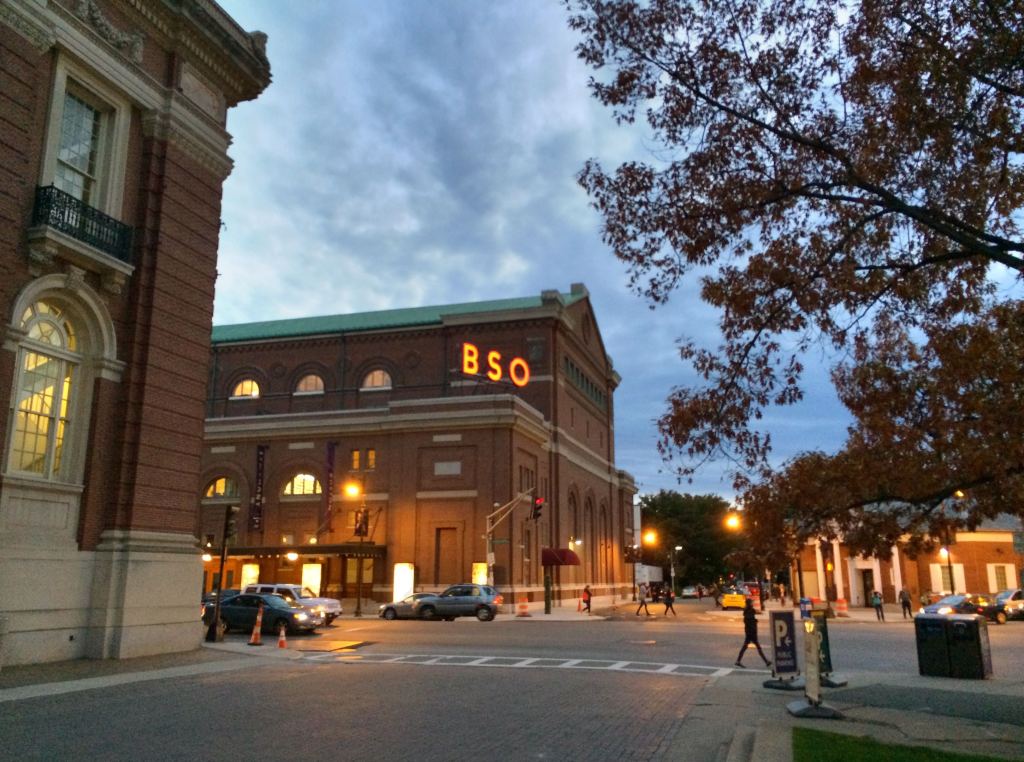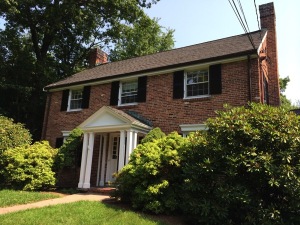It’s another new year, another mix. As always, this is no more or less than what happened to be kicking around my iTunes for a long period of time, so I make no claim for it hanging together. Except I’m kinda happy about the string of tracks from #2 through #13 and parts of the last stretch.
Some track specific notes:
“Papa’s Got a Brand New Bag”: Yes, yes he does. You can’t have this track, with James Brown yelling out “This is a hit!”, in a playlist and not have it leading off.
“Rotating Head (raga version)”: A tabla-heavy remix of a song most familiar from the “Ferris Bueller” soundtrack, this picks up the groove from Track #1 and takes it into…
“Seen and Not Seen”: Groove city. Check the way the handclaps, bass, and guitar work together. Much like the way the next groove builds…
“Autumn Sweater”: Here the groove is all drums and bass, especially bass. Love what James McNew does with the bassline during the break here.
“Electricity”: A break from the groove for a guitar based rocker. I had forgotten this album until Shuffle brought it back to me. A great track.
“Masanga”: An obscurity, this popped up on a compilation of sub-Saharan guitar that I found on Bandcamp over a year ago. I love the purely guitar driven groove. Seriously propulsive and fun.
“I Love This Life”: Also propulsive and fun, but almost all synths, I slept on this track from The Blue Nile for a long time. I’m not sure what “ragtown” meant to Paul Buchanan, but when I listen to this track I feel like I understand.
“The Statue Got Me High”: A non-sequitur but a fun one, and a great singalong.
“Mod Lang”: Gee, there’s a “groove” theme going on on this mix, which is unusual for me. I love how Chilton takes a handful of lyrics that are almost nonsense and weaves them into urgency.
“Courage”: A PG rarity that was released alongside the 25th anniversary reissue of So a few years back. Too lyrically heavy and overtly structured a song to fit comfortably on that album, I don’t know if it works well here either but I couldn’t cut it.
“Rain”: Groove, man. Complete with the backward bit at the end.
“JC”: Shift of tone to a minor key with a fair amount of distortion.
“After the Flood”: This track is the still heart of this mix. I stumbled across Talk Talk by accident, more or less, thought they had been on my list of bands to find for a long time thanks to the late lamented Lists of Bests. This is an incredible track, building from almost inaudibility up through some killer organ work into a long burn of a distortion guitar solo. I have listened to this one for days at a time.
“Try Not to Breathe”: Taking a breath, this is a song I didn’t think so much of until I was recovering from surgery a year ago. Then it made a lot of sense.
“No Love Lost”: The rare Joy Division song I like more as an instrumental, but there’s still something compelling in Ian Curtis’s delivery here.
“Lick the Palm of the Burning Handshake”: Boy, Nika can really do apocalyptic, can’t she? Even if we don’t totally understand what she’s singing about.
“Svatba”: The transition from Nika’s wordless outro to “Lick the Palm” into the Bulgarian voices here was a happy shuffle accident.
“Accordion”: Another happy accident, another supremely bizarre rap from MF Doom.
“Super Mario”: Well, as long as we’re doing bizarre, I figure an a cappella version of an 8 bit videogame theme qualifies.
“Gallows Pole”: If there’s a theme wending through the back half of this, it might be covers vs. authenticity. The ballad, which started out as “The Maid Freed from the Gallows” in the Child ballads before being recorded as “The Gallis Pole” by Lead Belly, is colored by Plant’s rock god delivery until it’s hard to tell at the end who is swinging from the gallows pole, and whether the pole is literal or metaphoric. A neat trick.
“Tall Trees in Georgia”: Again, covers and authenticity. When Eva Cassidy was alive, she was lauded as a vocalist but not so much as an authentic jazz talent (I remember one review saying “She even covers Buffy Ste Marie!”). It’s a moving performance nonetheless.
“They Won’t Let Me Run”: A beautiful groove for an ugly story.
“Holocene”: Was totally obsessed with this song for about 18 months.
“Let It Down”: Tension release necessary after the last few tracks.
“Rill Rill”: Speaking of authenticity, how about copping “Can You Get to That?” for this song about teenage girl angst? Well, yeah, and it works, so the hell with authenticity.
“(Won’t We Have a Time) When We Get Over Yonder”: Another Bandcamp find, this one is a different kind of groove entirely, almost an incantation until one of the Jordan River Singers slips over completely into a Spirit induced holler. And that leads to…
“The Times They Are A Changin’”: I was disappointed with the rest of this album only because it doesn’t live up to its title the way this lead off track does. “Times” is truly one of Dylan’s most gospel-like songs to begin with, and this version pulls out all the revival stops. A fantastic cover.
- Papa’s Got A Brand New Bag, Parts 1, 2 & 3 – James Brown (Star Time)
- Rotating Head (raga version) – English Beat (Lives of the Saints 5)
- Seen And Not Seen – Talking Heads (Remain In Light)
- Autumn Sweater – Yo La Tengo (I Can Hear The Heart Beating As One)
- Electricity – Spiritualized (Ladies and Gentlemen We Are Floating In Space)
- Masanga (Congo) – Jean Bosco Mwenda (Hata Unacheza: Sub-Saharan Acoustic Guitar & String Music, ca. 1960s)
- I Love This Life – The Blue Nile (I Would Never – EP)
- The Statue Got Me High – They Might Be Giants (Apollo 18)
- Mod Lang – Big Star (#1 Record – Radio City)
- Courage (Radio Edit) – Peter Gabriel (Courage)
- Rain – The Beatles (Past Masters, Vols. 1 & 2)
- JC – Sonic Youth (Dirty)
- After The Flood – Talk Talk (Laughing Stock)
- Try Not To Breathe – R.E.M. (Automatic for the People)
- No Love Lost – Joy Division (Substance 1977-1980)
- Lick the Palm of the Burning Handshake – Zola Jesus (Conatus)
- Svatba – Bulgarian State Television Female Choir (Le Mystere Des Voix Bulgares)
- Accordion – Madvillain (Madvillainy)
- Super Mario – BYU Vocal Point (Best of BOCA: The First 20 Years)
- Gallows Pole – Led Zeppelin (Led Zeppelin III (Remastered))
- Tall Trees In Georgia – Eva Cassidy (Live At Blues Alley)
- They Won’t Let Me Run – John Vanderslice (Cellar Door)
- Holocene – Bon Iver (Bon Iver)
- Let It Down (Bonus Track) – George Harrison (All Things Must Pass (Bonus Track Version) [Remastered])
- Rill Rill – Sleigh Bells (Treats)
- (Won’t We Have a Time) When We Get Over Yonder – Rev. W.M. Anderson & the Jordan River Singers (When the Moon Goes Down in the Valley of Time: African-American Gospel, 1939-51)
- The Times They Are A Changin’ – The Brothers and Sisters (Dylan’s Gospel)

